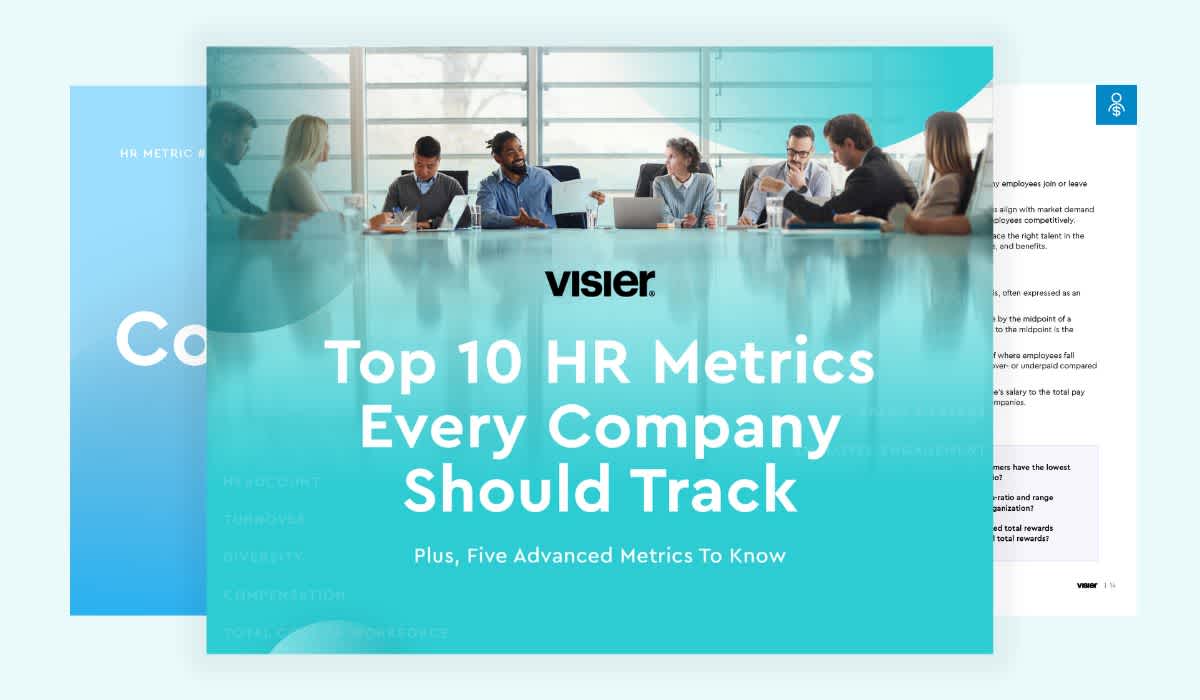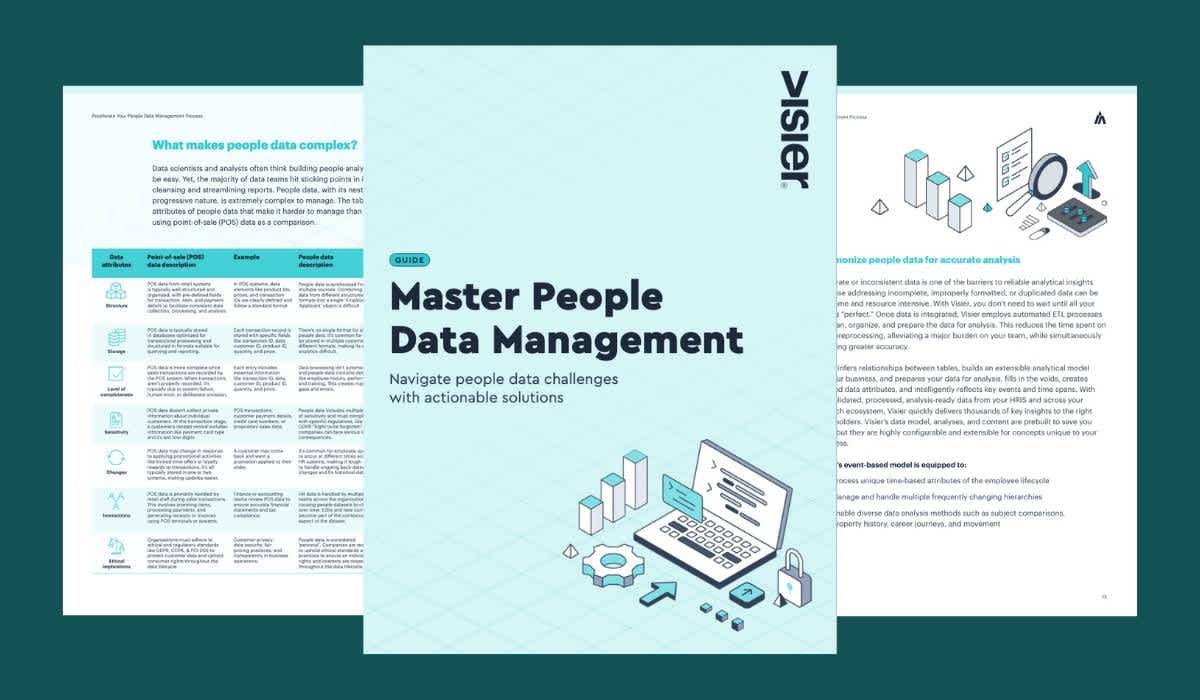What Is Affinity Bias?
Affinity bias is a tendency for people to favor others who share similarities such as socio-economic or cultural backgrounds, race or gender.

What is Affinity Bias?
Affinity bias is a tendency for people to favor others who share similarities with them. Such affinities could be based on shared interests, socio-economic or cultural backgrounds, values or even physical characteristics such as race or gender. Often affinity bias is an unconscious or implicit bias, meaning that the holder of the affinity bias doesn’t necessarily intend to favor those most similar to themselves, and may not even realize that they do so.
Impacts in the corporate world
Affinity bias is based on generally arbitrary characteristics, which means that the decision by one person to favor another based on those potentially arbitrary characteristics can result in a less-than-optimal choice being made, given the full universe of potential options.
Two obvious examples of this in the business world are recruitment and promotion decisions. For example, a Black female hiring manager interviewing multiple candidates for an open position might subconsciously favor the Black female candidate over others who may be slightly more qualified. Without realizing it, the hiring manager may select this candidate based on that subconscious affinity to the detriment of the organization, which is missing out on potentially more qualified candidates.
Similarly, an executive with military experience from an upper-middle-class background might implicitly favor one of his subordinates for a promotion because that subordinate has a similar background, even though other candidates without such experience and from different socio-economic backgrounds may be more qualified. In either case, affinity bias can hinder organizational diversity efforts.
Affinity bias isn’t necessarily bad
While the examples above demonstrate negative outcomes of affinity bias, they don’t represent every example of affinity bias. In some cases, an affinity bias may be beneficial to an organization and result in a favorable outcome. For example, if the hiring manager in the earlier example has a strong work ethic and integrity, she may favor an applicant that shares those same qualities. All else being equal, a bias in favor of objectively positive characteristics – even an unconscious bias – can obviously have positive results for the organization.
Addressing affinity bias
Combating affinity bias often boils down to a two-pronged approach. First, it’s essential for organizations to call out affinity bias and other forms of unconscious bias precisely because they are unconscious; people genuinely don’t realize they harbor such biases. Bringing them into the open makes it easier to combat them. Second, creating objective criteria for hiring and promotions makes it more difficult for subjective factors, such as affinity bias, to impact decision making.


